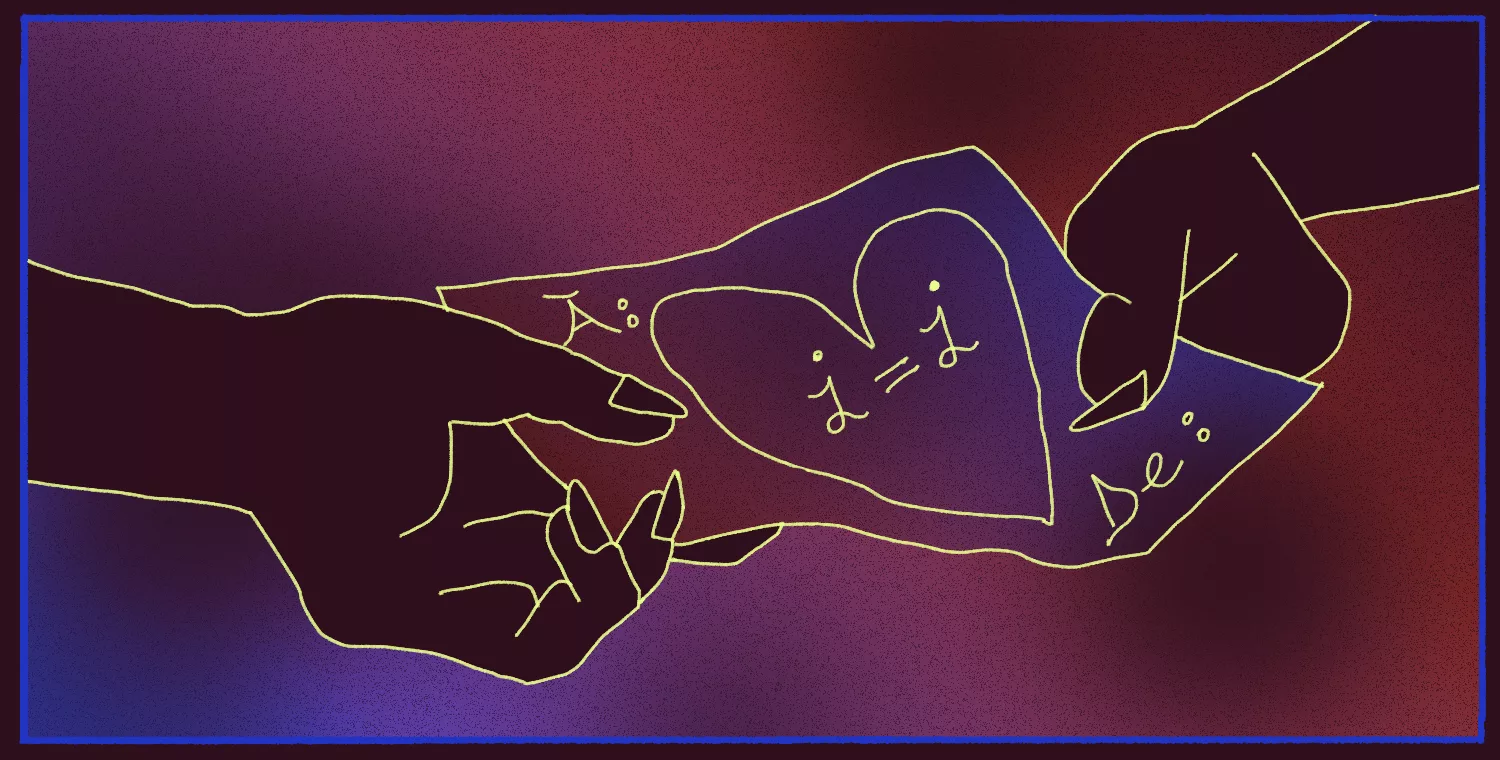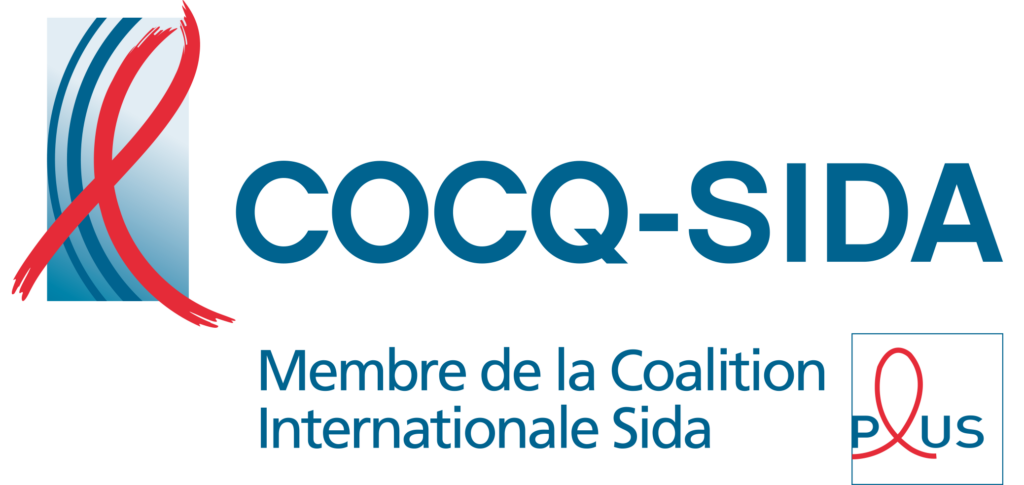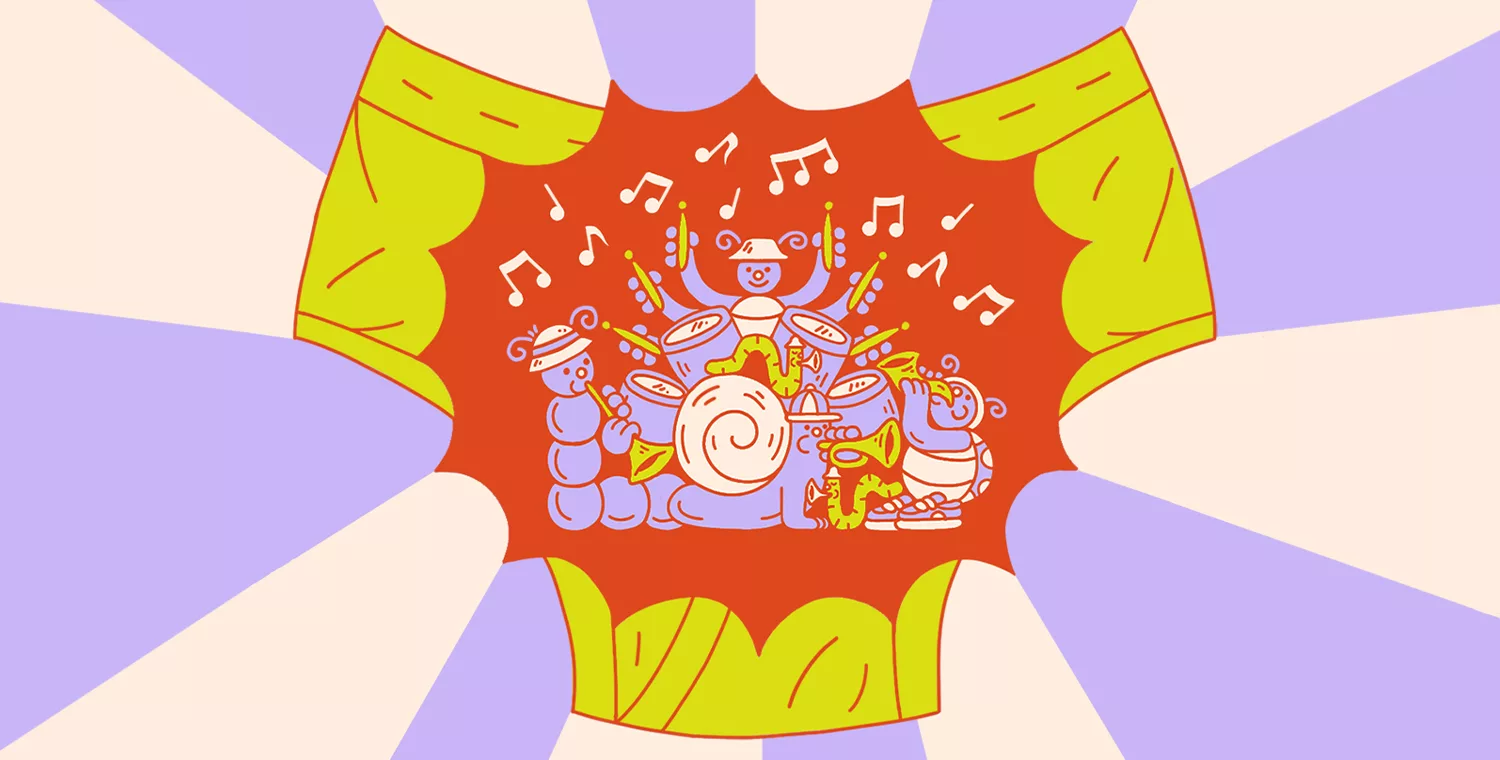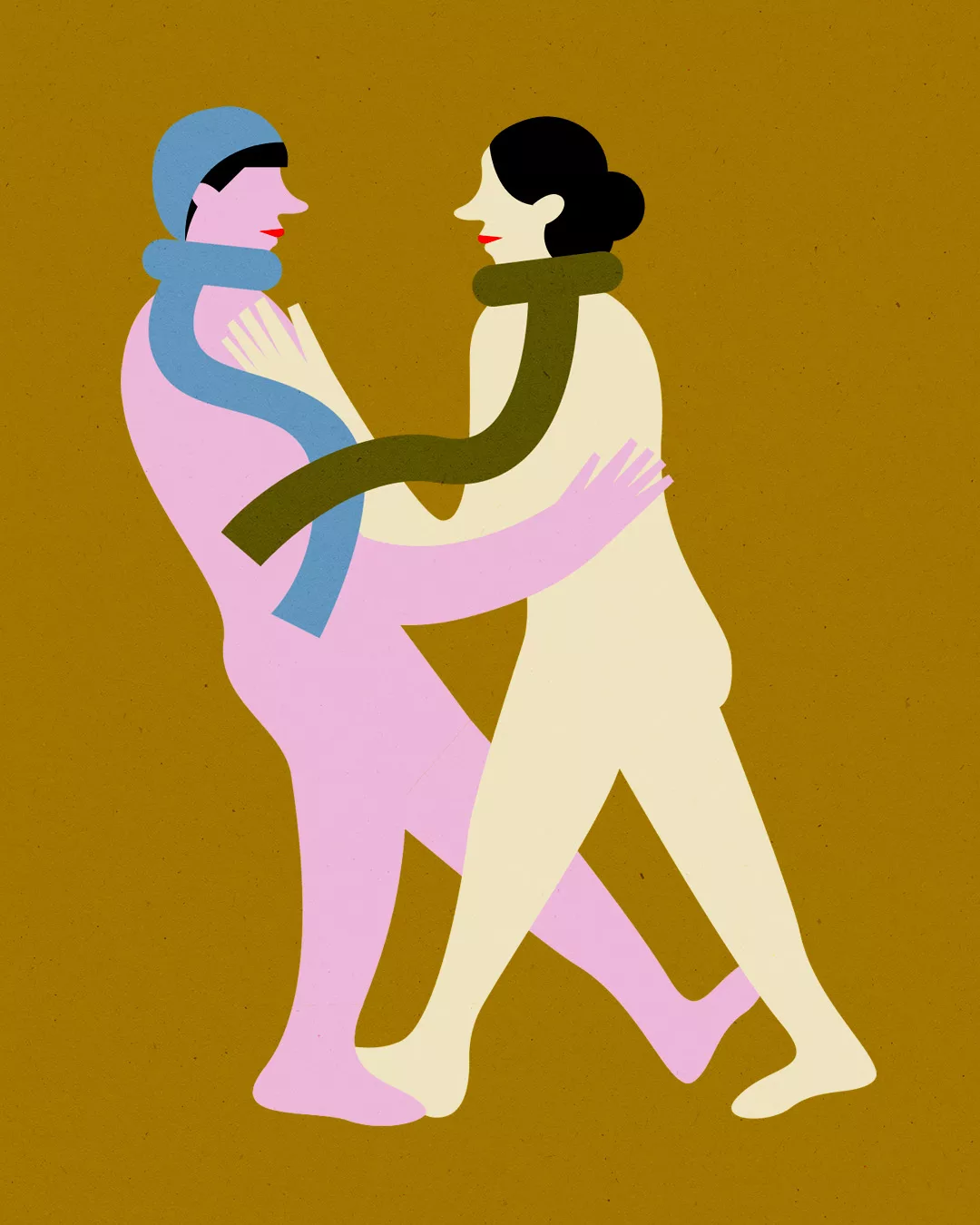Your cart is currently empty!

Undetectable = Untransmissible: Sex and Intimacy With HIV Is Possible

This article was written in collaboration with our partner COCQ-SIDA, the Coalition des organismes communautaires québécois de lutte contre le sida.
There’s something about HIV and AIDS that seems to have caused us historical trauma. As a gay man, though I did not live through the 80s and the height of the AIDS crisis, I am still inhabited, haunted even, by this virulent spectre that hangs over my head and that of other men who have sex with men (MSM). Decades later, the virus still scares the hell out of us.
On several gay hookup apps, PrEP (a pharmaceutical treatment that prevents the contraction of HIV) is often proudly brandished like a shield. “You won’t get me, HIV! I’m on PrEP and ready to play.” After years of community suffering caused by this virus, PrEP seems to guarantee yet another moment of sexual liberation, thumbing its nose at AIDS. We tell each other that it’s a huge step forward! I also wrote an article on the subject.
Past drama, present fiction
But still. PrEP or no PrEP, I’m a bit of a fraidy cat. For me, a broken condom or a late-night Grindr fuck are examples of situations that trigger the big, agonizing question, “did I catch the virus?” And, in my most panicked moments, “am I going to die?”
As though the simple fact of being gay and not having adequately protected myself had just thrown me on a hospital bed, my body covered in bruises, my breath short, and my mother’s hand clenching mine. Intense, right?
Media productions on the subject, such as the excellent HBO Max mini-series It’s a Sin or the awesome French film BPM (Beats per Minute), which won the Grand Prix at Cannes, amaze us with the chilling horrors of the AIDS crisis and its impact on communities. History and cinema do not lie: it really was sad and terrible.
But today, over 40 years after the first cases were discovered in June 1981, what do HIV and AIDS look like? Is it possible to live with HIV and, above all, are HIV-positive people contagious even when they follow treatment protocols?
I was no expert on the matter, so I decided to cut my teeth on this article and vacuum up my ghosts with a super powerful proton pack.
Go get your notebooks, because off I go!
U = U: a clear and simple equation
The question seems complex. However, I quickly realized that the answer was crystal clear.
If a person has HIV, is on treatment, and the drugs maintain the viral load at undetectable levels, they can have sex without passing the virus on to their partner(s). Woohoo!
When HIV is undetectable, it’s untransmittable. Hence the expression “U = U,” which sounds like a Pythagorean theorem, but is in fact a love letter to all one’s partners.
But here, I think a short lexical break (just the way I like them) is in order.
VIRAL LOAD: This is the amount of HIV in one’s bloodstream.
UNDETECTABLE: This is what is said of the virus when its viral load is below a threshold detectable by standard tests. Some tests can detect loads as low as 40 to 50 copies/ml, but in Quebec, a viral load of less than 200 copies/ml is considered undetectable, and therefore, as untransmissible (Quebec Ministry of Health and Social Services, 2018).
UNTRANSMISSIBLE: Said of the virus when its undetectable viral load prevents its transmission.
SERODISCORDANT: Said of a person who has an HIV status different from our own. A couple in which one partner is HIV-positive and the other is HIV-negative is a serodiscordant couple.
Basically, what my research tells me is that treating HIV can reduce the amount of virus in the bloodstream to such low levels that it cannot be detected and, de facto, transmitted.
For most people living with HIV, this occurs after three to six months of HIV treatment and is confirmed by regular viral load testing (in Quebec, testing frequency is approximately once every 4 to 6 months).
I can hear you thinking, “if the viral load is tiny and untransmissible, does that mean that the person is ‘cured’ of HIV?” Alas, no.
Having an undetectable viral load does not mean that the person is cured of HIV. The virus will still be present in their body. If the treatment is stopped or if the person skips or forgets doses on a regular basis, HIV will begin to replicate again and the viral load will once more rise to detectable levels.
It’s therefore necessary to follow treatment as assiduously as one would follow a series on Netflix to continue to have an undetectable viral load. It’s the work of a lifetime, but at least life goes on for the HIV-positive person and their partners.
Destigmatise for the win
Ever since the discovery of effective treatments for HIV, the formula “U = U” has become more and more widespread in scientific and everyday vocabulary.
It even seems to embody an emblem of the (almost) victorious fight against AIDS in North America. “U = U” is a meaningful equation that destigmatises people living with HIV by sweeping away the myth that they are “dangerous,” “dirty,” or at death’s door.
It’s also something that normalizes living with HIV without having to become an ascetic monk and giving up on sex and intimacy.
This is a huge step towards the acceptance of HIV-positive people, because they are now less marginalized in the current discourse. Isn’t that beautiful?
Steam of hope
My little research did me a lot of good. It made me realize that I, too, was the bearer of prejudice, the latter of which is often conveyed by artistic and cultural discourse.
I was afraid of AIDS and HIV.
Because life goes on, because hugs are still possible, because we are taking another step towards conquering HIV, I found myself drawing “U = U” in the steam on my mirror after stepping out of the shower.
It marked the surface.
And that’s a good thing.
-
Agence de la santé publique du Canada (2022). Fiche d’information sur le VIH [HIV fact sheet]. https://www.canada.ca/content/dam/phac-aspc/documents/services/publications/diseases-conditions/hiv-factsheet/U=U-HP-fra.pdf
CATIE (2017). I = I [U = U]. https://www.catie.ca/fr/positive-side/ii
Institut national de santé publique du Québec (2019). Portrait des infections transmissibles sexuellement et par le sang (ITSS) au Québec [Portrait of sexually transmitted and blood-borne infections (STBBIs) in Quebec] . https://www.inspq.qc.ca/sites/default/files/publications/2783-portrait-infections-transmissibles-sexuellement-sang.pdf
MaPrEP.org (2022). La PrEP, c’est quoi?. https://maprep.org/a-propos/
Ministère de la Santé et des Services sociaux du Québec (2018). L’effet du traitement des personnes vivant avec le VIH sur le risque de transmission sexuelle de l’infection [The effect of treatment of people living with HIV on the risk of sexual transmission of the infection].. https://publications.msss.gouv.qc.ca/msss/fichiers/2018/18-334-01W.pdf






